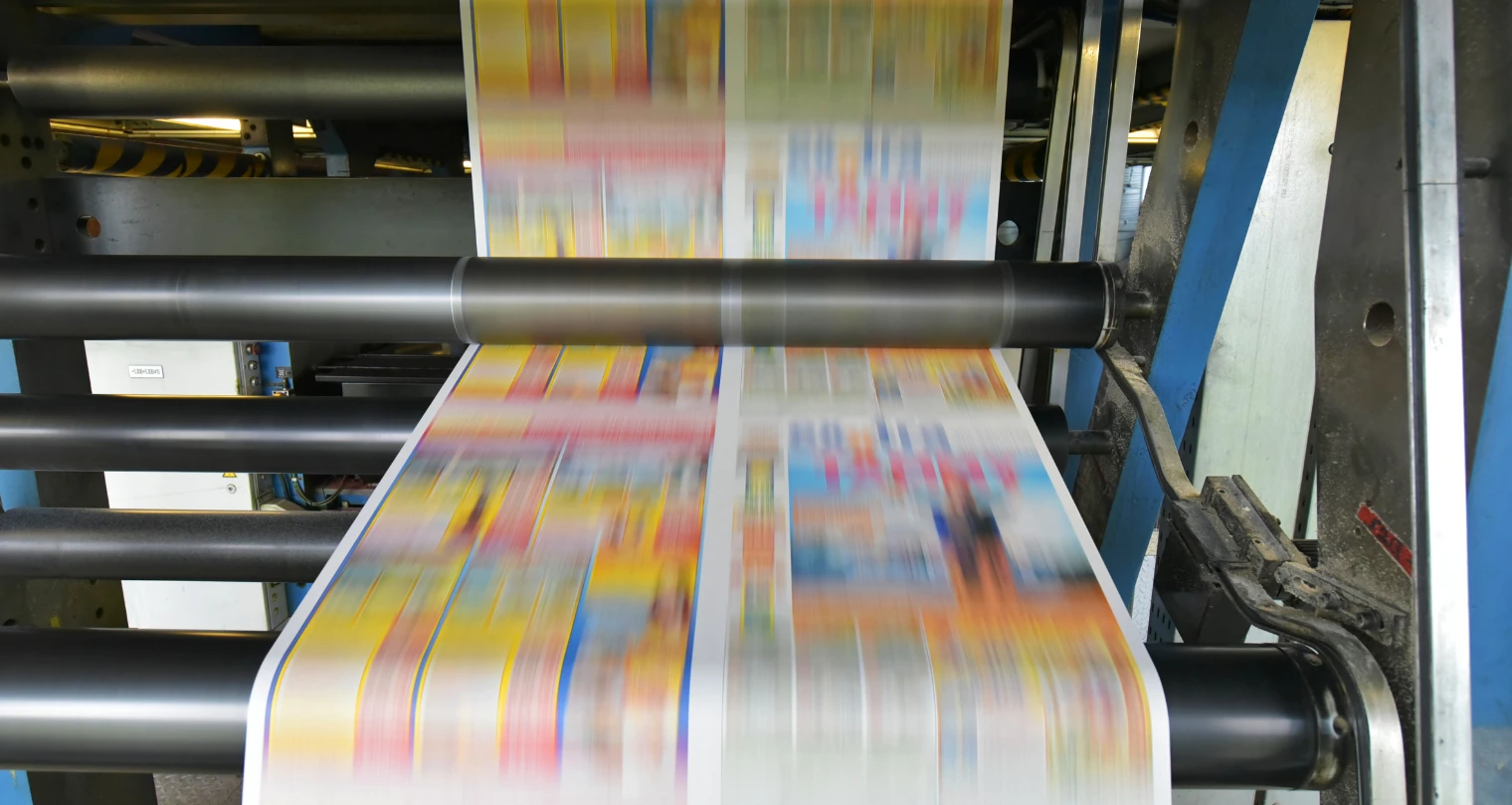Flexo printing plates are essential components of the flexographic printing process, a method renowned for its versatility and ability to produce high-quality prints on a wide range of substrates. These plates, typically made from flexible photopolymer material, are designed to transfer ink efficiently and accurately, ensuring crisp and vibrant prints. Flexo printing plates are crucial for various applications, including packaging, labels, and other printed materials that require durability and high-volume production.
Precision and Quality
The process of creating flexo printing plates begins with a digital image, which is transferred onto the plate through a precise imaging process. This involves exposing the plate to UV light, which hardens the areas that will carry the image while leaving non-image areas soft and washable. After washing away the soft polymer, a raised image is left on the plate, ready to pick up ink during printing. This method ensures high precision and detail, allowing for complex designs and fine text to be reproduced with clarity and consistency.
Versatility and Adaptability
Flexo printing plates are valued for their versatility, capable of printing on various substrates such as paper, plastic, foil, and film. This adaptability makes them suitable for diverse applications, from flexible packaging and corrugated containers to labels and shrink sleeves. The flexibility of these plates allows them to conform to different surfaces, ensuring consistent ink coverage and high-quality prints across different materials.
Efficiency and Speed
Flexo printing is known for its efficiency, with fast setup times and high-speed printing capabilities. The flexographic process enables quick plate production and rapid press setup, reducing production delays and increasing throughput. This efficiency is especially beneficial for high-volume print runs, where maintaining speed and consistency is critical to meeting production deadlines and client demands.
Durability and Cost-Effectiveness
Flexo printing plates are designed for durability, allowing them to withstand long print runs without degrading. This longevity is crucial for maintaining print quality over extended periods, minimizing the need for frequent plate changes and reducing downtime. The robust nature of these plates contributes to cost-effectiveness, as they enable large quantities of printed materials to be produced at a lower cost per unit.
Environmental Sustainability
Advancements in photopolymer technology have also led to the development of more sustainable flexo printing plates. Modern plates require less ink and fewer chemicals during the printing process, reducing the environmental impact. This makes flexo printing an eco-friendly option for businesses aiming to implement greener practices and reduce their carbon footprint.
Economic Benefits
In addition to technical and environmental advantages, flexo printing plates offer significant economic benefits. Their durability and efficiency lead to reduced production costs and increased profitability. The quick setup times and rapid plate production also enable faster turnaround for print jobs, allowing businesses to meet tight schedules and accommodate last-minute changes.
Future of Flexographic Printing
Flexo printing plates are a cornerstone of the flexographic printing industry, providing the quality, efficiency, and versatility needed to meet modern printing demands. Whether for packaging, labels, or other printed materials, these plates facilitate high-speed, high-quality production. As technology continues to advance, flexo printing plates will play an increasingly vital role in ensuring that printing operations remain competitive and capable of delivering top-notch results.


